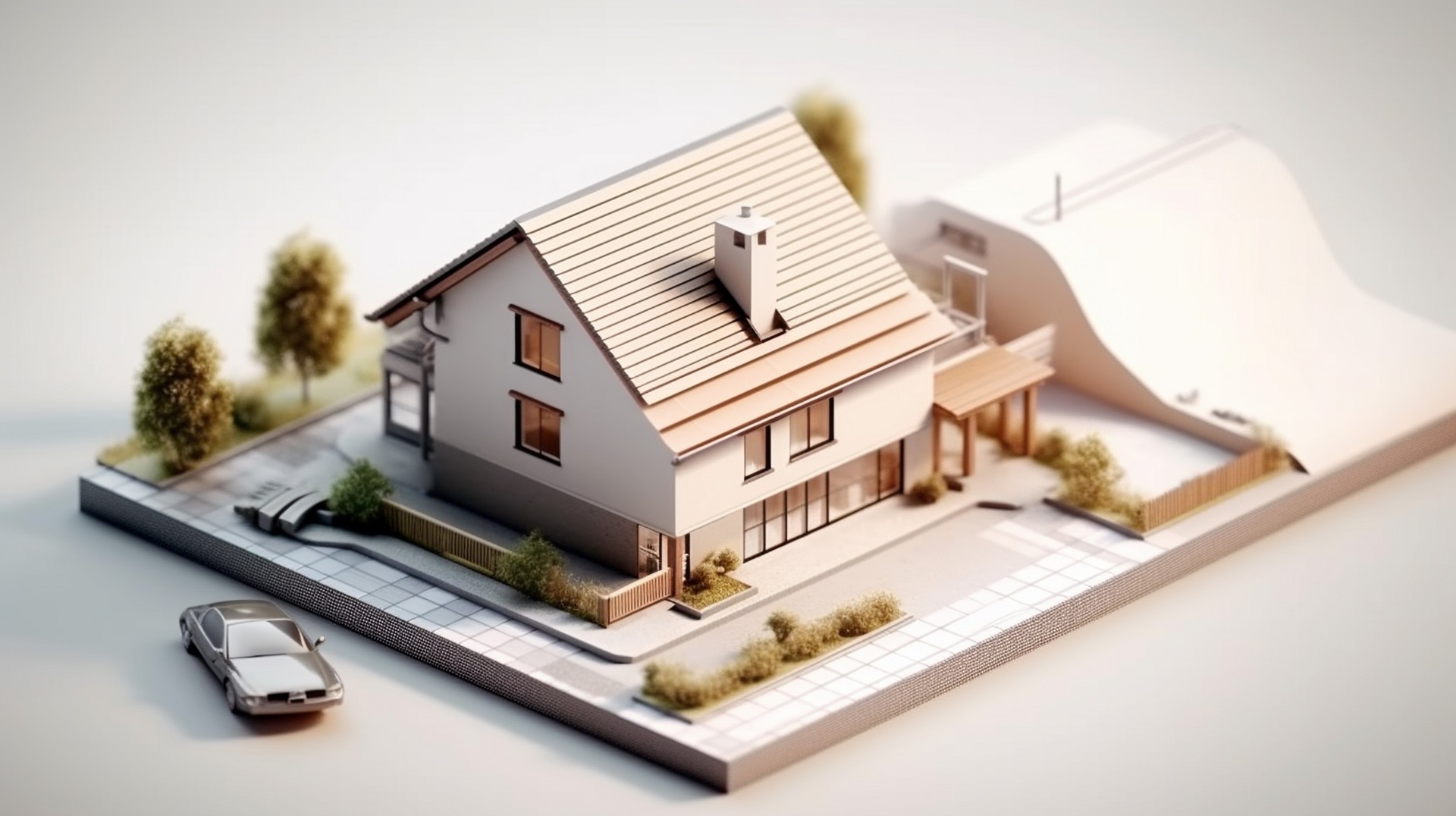What is Difference Between Real And Personal Property
Yes, it arguably right that anything legally owned can be termed as a property. All owned property falls into two distinct categories: personal property and real property. Personal properties can be further categorized into tangibles, intangibles, and chattels. Typically, a property can be classified as either personal or real property. The difference between the two is usually straightforward. However, sometimes, it’s challenging to categorize properties.
It is crucial to differentiate the two categories of properties to understand what other property agents and lawyers talk about easily. Additionally, categorizing properties will help you know the rules that apply to a particular property and the charges you can encounter in case of violating property rights. The following reasons explain further the difference between these two types of property.
What Is Personal Property?

Tangible property – these are personal properties that can be touched or be felt. For instance, in business, the physical feature includes:
• Office Furniture
• Business vehicles
• Business equipment
• Business goods
An intangible property –, these are owned properties that cannot be felt or touched. For a business, the intangible property includes:
• Bonds
• Money
• Stocks
• Intellectual property
What Is Real Property?

Key Differences Between Real Property and Personal Property
1. Nature and Definition
- Real Property: Refers to land and anything permanently attached to it, including buildings, structures, and natural resources. It is immovable by nature.
- Personal Property: Refers to movable items that are not attached to land. This includes possessions like furniture, vehicles, electronics, and clothing.
2. Mobility
- Real Property: Immovable; it cannot be moved without altering its nature.
- Personal Property: Movable; can be easily transported or relocated.
3. Ownership Transfer
- Real Property: The transfer of ownership requires formal processes such as deeds, titles, and usually involves legal documentation and recording.
- Personal Property: Ownership can typically be transferred through simpler methods, such as a bill of sale or physical handover, without the need for extensive legal formalities.
4. Taxation
- Real Property: Subject to property taxes, which are based on the assessed value of the land and any permanent structures.
- Personal Property: Generally subject to sales tax at the time of purchase, and certain types may be subject to personal property taxes depending on the jurisdiction.
5. Depreciation
- Real Property: Generally appreciates in value over time, especially if improvements are made or the surrounding area develops.
- Personal Property: Typically depreciates in value over time as it ages and experiences wear and tear.
6. Legal Treatment
- Real Property: Governed by real estate laws, which vary by location, and involves complex regulations, including zoning, land use, and environmental restrictions.
- Personal Property: Governed by personal property laws, which are generally less complex and more straightforward.
7.Usage and Purpose
- Real Property: Used for residential, commercial, agricultural, or industrial purposes. The use is often regulated by zoning laws.
- Personal Property: Used for personal, business, or investment purposes, depending on the type of property.
8. Security and Collateral
- Real Property: Often used as collateral for securing loans, such as mortgages.
- Personal Property: Can be used as collateral, but typically for smaller loans and not as commonly as real property.
The ranking of personal and real properties has enabled smooth legal procedures. For instance, while buying land, people are more likely to concentrate on what’s underneath the ground, such as minerals and gases. In such a situation, the selling and buying of that property must change.

